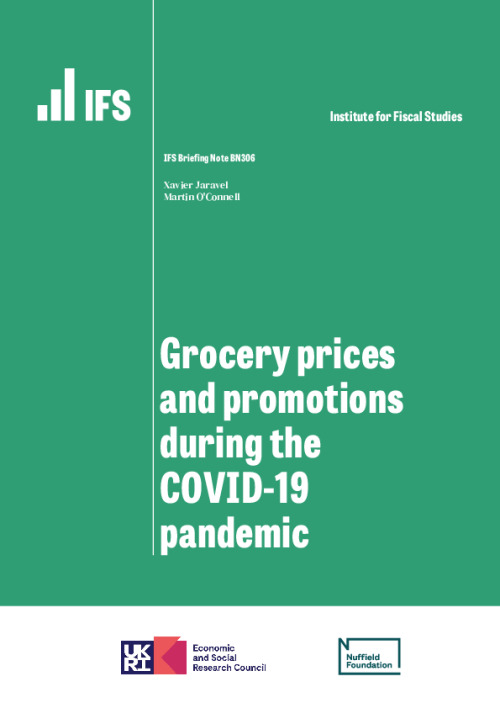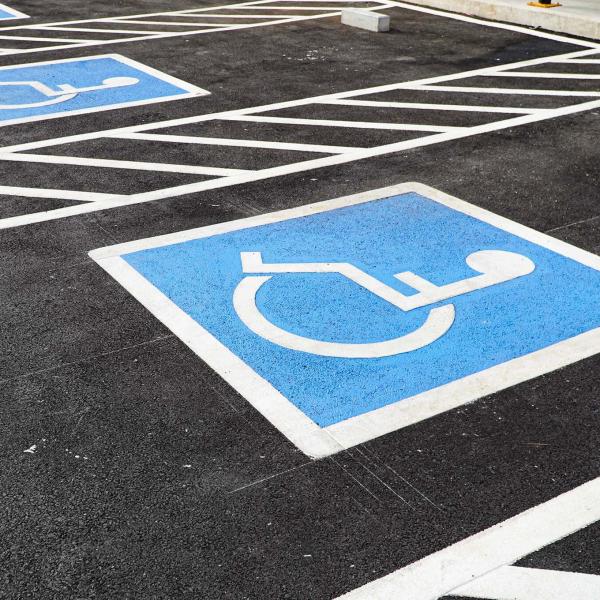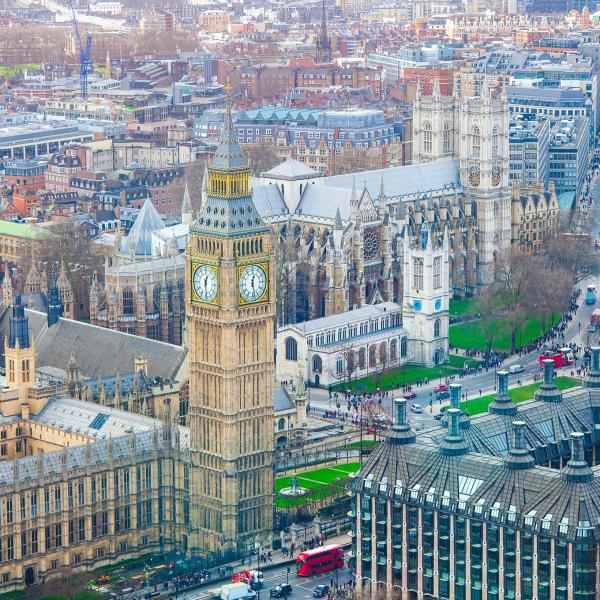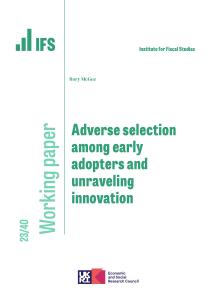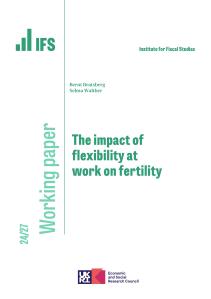The COVID-19 pandemic has led many countries to implement lockdowns and social distancing requirements, which have resulted in a worldwide economic crisis. During lockdown, non-essential stores and eat-in restaurants and bars were forced to close, people were encouraged to work from home and to stay in their local area, and businesses that were permitted to remain open were required to abide by strict social distancing rules.
In previous research (Jaravel and O’Connell, 2020a) we document how prices changed following the onset of lockdown, up until mid-May, using comprehensive real-time date on grocery purchases and prices in Great Britain. Using a dataset that tracks grocery purchases made by around 30,000 households at any point in time, we show that the beginning of lockdown coincided with a large spike in inflation for groceries – unprecedented in prior years and representing more inflation than is typical in a year – and that a primary driver of these higher prices was a reduction in promotions.
In this briefing note, we use updated data to show how inflation and promotional activity has evolved up until the first week of August. We begin in the next section by describing the dataset we use and our approach to measuring inflation. In Section 3, we show the evolution of aggregate grocery inflation and promotional activity, and variation in this by shopping format (e.g. brick-and-mortar stores versus online), retailer types and product type. In Section 4, we document changes in shopping format and, in particular, a big switch towards online shopping. In Section 5, we document evidence on changes in product availability and how this affects inflation. In Section 6, we report on heterogeneity in inflation experiences across households based on a measure of their permanent income.
Key findings
- The inflationary spike of 2.5% in the first month of lockdown has largely been reversed. As of the first week of August 2020, the price level for groceries was around 0.5% higher than it was at the beginning of the year.
- Changes in promotions played a key role in driving both inflation at the beginning of lockdown and deflation in the following months. In the first two weeks of lockdown, the share of transactions involving price promotions fell to 16.5%, about 4 percentage points lower than the 20.5% seen in the preceding weeks of the year; by the first week August, the share of transactions entailing price promotions had returned to pre-pandemic levels. In contrast, a reduction in transactions entailing quantity promotions throughout lockdown has persisted; by the first week of August, the share of transactions entailing quantity promotions was at 6.4%, around 1.5 percentage points lower than the 7.8% seen before the pandemic.
- The pattern of a large spike in inflation at the beginning of lockdown, followed by gradual deflation afterwards, occurred in large store formats, small store formats and online shopping. It is, however, considerably more pronounced for the set of full-line supermarkets than for discounter supermarkets or convenience stores, and it is exhibited across all nine broad grocery product types.
- There has been a substantial increase in online grocery shopping. In the first month of lockdown, the share of grocery spending online was 20% higher than for the same period in 2019. By the beginning of August, the increase compared with 2019 was nearly 70%.
- A decline of 8% in the first week of lockdown in the number of unique products purchased by households has persisted since the beginning of lockdown. This indicates a reduction in the variety of products available to households. Separately from price changes, this fall in product variety has led to an increase in the cost of living, as some consumers are unable to purchase their favoured product; this has persisted until the beginning of August.
- The inflationary spike at the beginning of lockdown was experienced by households across the income distribution, but was larger for better-off households. However, the gap in inflation experience across different income levels has since closed.
